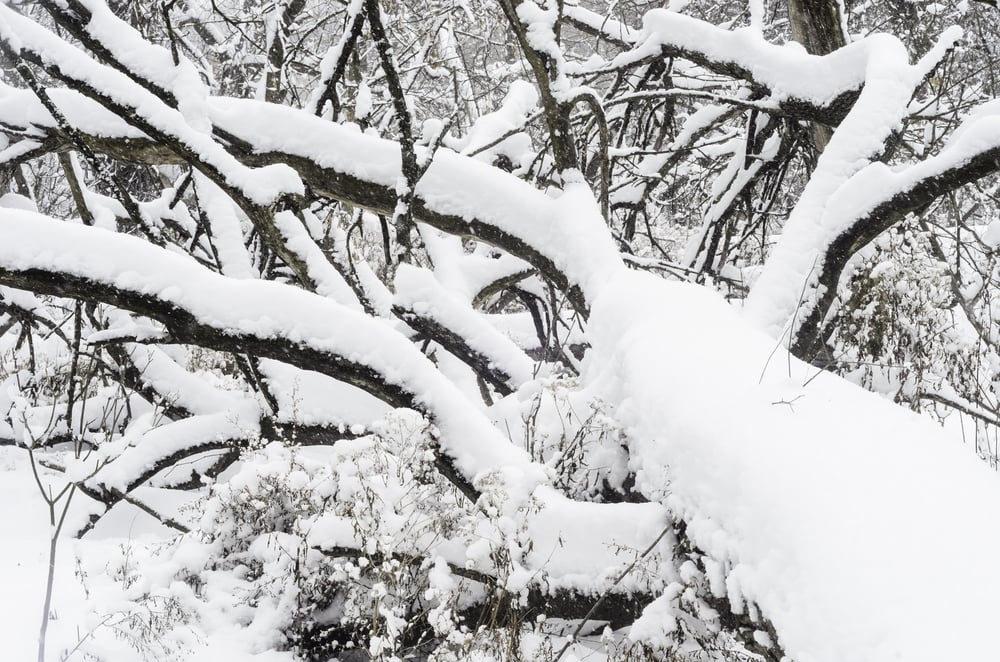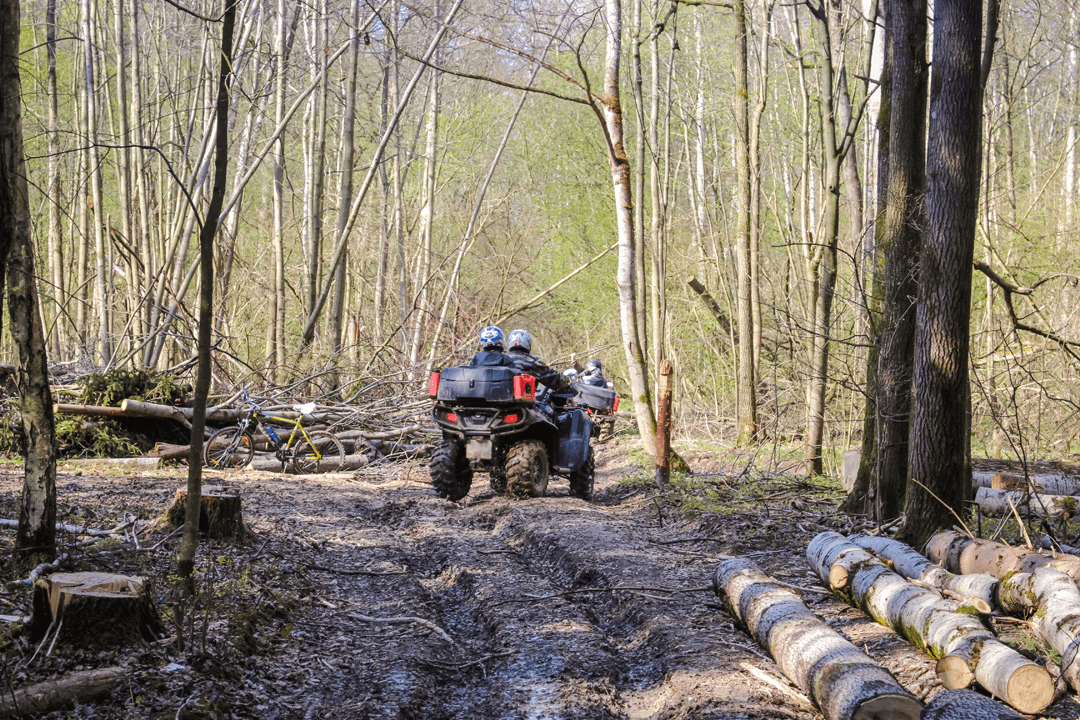
The trees in your yard can enhance your property, provide shade and offer abundant environmental benefits. However, trees can also pose a safety hazard to your family and your home if they are not properly inspected and maintained.
Trees can present a particularly significant danger during a storm. Wind, lightning, snow and ice can all transform a tranquil row of trees into an imminent threat to your property. Proper tree maintenance involves more than pruning and trimming overgrown branches. These are some of the key steps you can take to protect your trees and prevent them from becoming a safety hazard.
Steps to Take Before a Storm
- Remove any dead trees on your property.
- Enhance the health of trees through timely watering, proper fertilization and protection from soil compaction. Healthy trees will be able to better adapt to changes in the environment, remain firm in the wind and react more effectively to damage.
- Regularly prune dead or broken limbs to help trees maintain their structural integrity. In addition, thin excess branches every three to five years. For more information, visit arborday.org.
- Remove or treat pest problems as soon as you spot them to minimize potential damage to trees. Be careful not to over-treat tree hollows, and do not remove decayed wood from hollows unless it falls away in your hands. Cleaning hollows can cause additional internal damage to trees. If possible, cover the opening to hollows.
Six Signs to Monitor
When performing maintenance on the trees in your yard, please make safety a priority. If you are unable to safely prune or remove trees and limbs, contact a professional tree-care service or arborist to help you do so. It may be a good idea to consult with a professional if the trees in your yard already display any of the following characteristics:
- Cracks in the trunk or major limbs.
- Signs of hollowing and decay.
- Mushrooms growing from the bark.
- Significant leaning to one side.
- Limbs in contact with power lines.
- Branches hanging over your house.
- Although the branches may not be touching your house under normal conditions, high winds can cause trees and branches to bend or break.
- Although the branches may not be touching your house under normal conditions, high winds can cause trees and branches to bend or break.
Sources:
Clatterbuck, Wayne. "Storm-Damaged Residential Trees: Assessment, Care and Prevention." Extension.Tennessee.edu. The University of Tennessee;
Coder, Kim. "Storm Damaged Trees: Prevention & Treatments." Warnell.Forestry.UGA.edu. The University of Georgia.
With thanks to Travelers Insurance for their editorial contribution.


 ;
;
 ;
;
 ;
;
 ;
;
 ;
;
 ;
;
 ;
;

